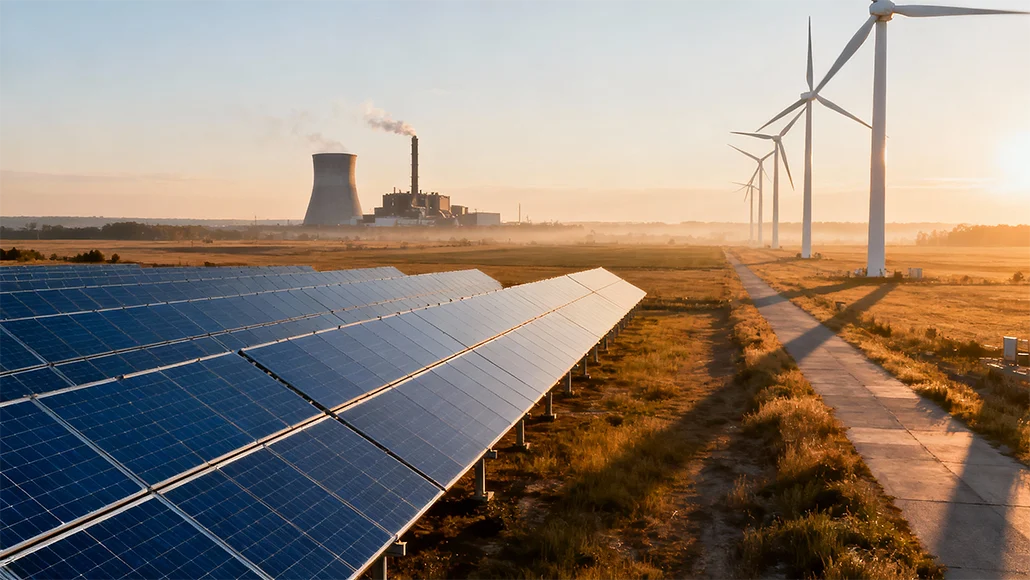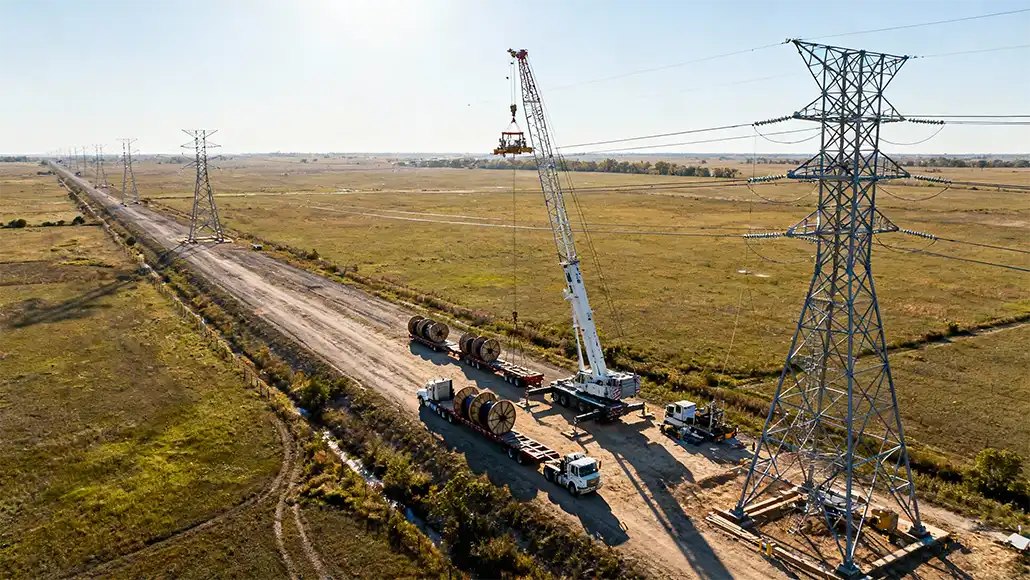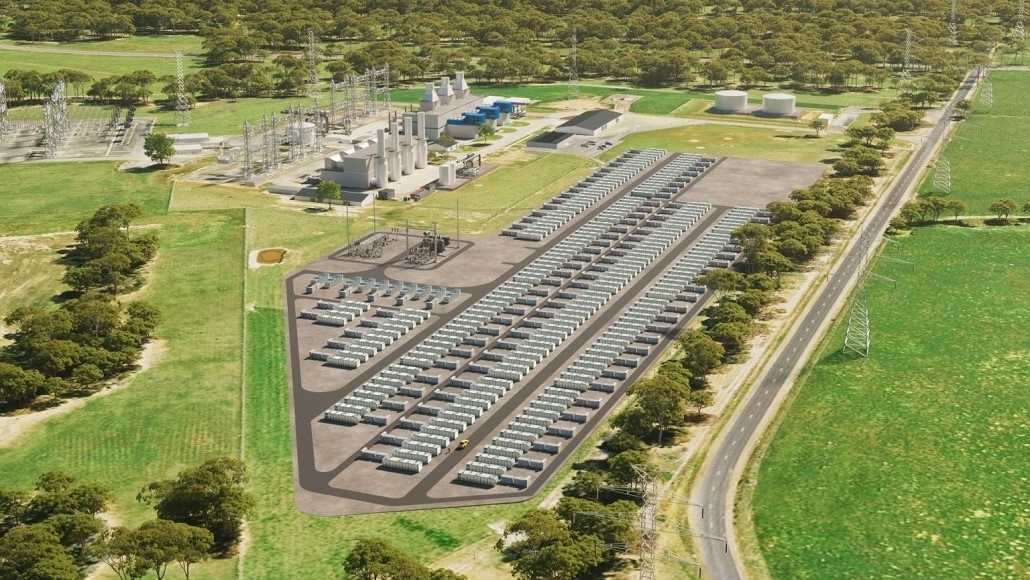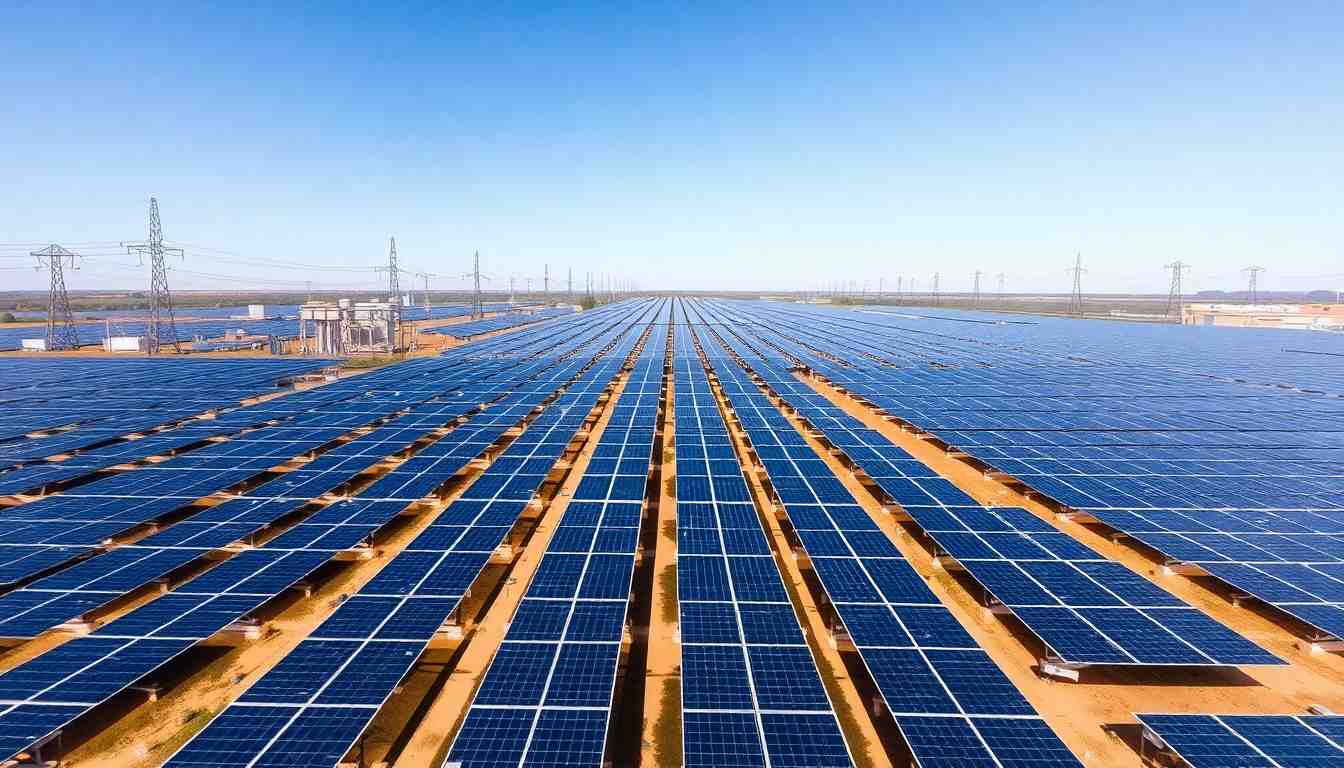The most recent statistics released by the Energy Information Administration shows that utility-scale solar power increased to 232 TWh in the rolling 12-month period ending in March 2025.
The Energy Information Administration’s (EIA) most recent Electric Power Monthly report, which includes data through March 2025, shows that solar electricity generation continues to dominate new power generation capacity added to the grid in the United States.
Small-scale solar, or projects of 1 MW or less, increased from 49 GW in March 2024 to 55.7 GW in March 2025, while utility-scale solar capacity increased from 96.9 GW in March 2024 to 128.6 GW in March 2025. The United States’ overall solar capacity increased by 26% year over year to 184 GW.
Notable new solar electricity generation projects include the Sun Streams Expansion project, which added 300 MW of solar and 300 MW of storage in Arizona; the Peregrine Solar project, which added 300 MW of solar in Texas; and the Dunns Bridge II Solar and Storage Facility, which was activated in Indiana and added 435 MW of solar and 56.3 MW of battery energy storage. Here is a complete list of all the new utility-scale projects that were added in March.
Alongside capacity expansions, solar electricity generation keeps increasing. Solar facilities, comprising utility-scale and small-scale projects, produced 321,830 GWh for the rolling 12-month period that ended in March 2025, up from 250,539 GWh for the rolling 12-month period that before it. This indicates a 28% increase in solar generation from the previous year.
According to its Short-Term Energy Outlook report, the EIA anticipates that solar growth will continue in the future. The EIA projects that by the end of 2025, there will be 153 GW of installed utility-scale capacity, representing a 26.3% increase in installations. It projects a further 19.5% increase in cumulative capacity in 2026, bringing it to 182 GW. With this expansion, the total utility-scale solar capacity in the US has doubled in just three years, from 91 GW at the end of 2023 to 182 GW at the end of 2026.
According to the EIA, Texas will have roughly 11.6 GW installed in 2025, ahead of California, which will have 2.9 GW. Nearly half of the new utility-scale solar power is anticipated to come from these two sources.
In 2025, it anticipates that five other states—Indiana, Arizona, Michigan, Florida, and New York—will each add more than 1 GW of solar power, for a total of 7.8 GW of planned solar capacity expansions.


























